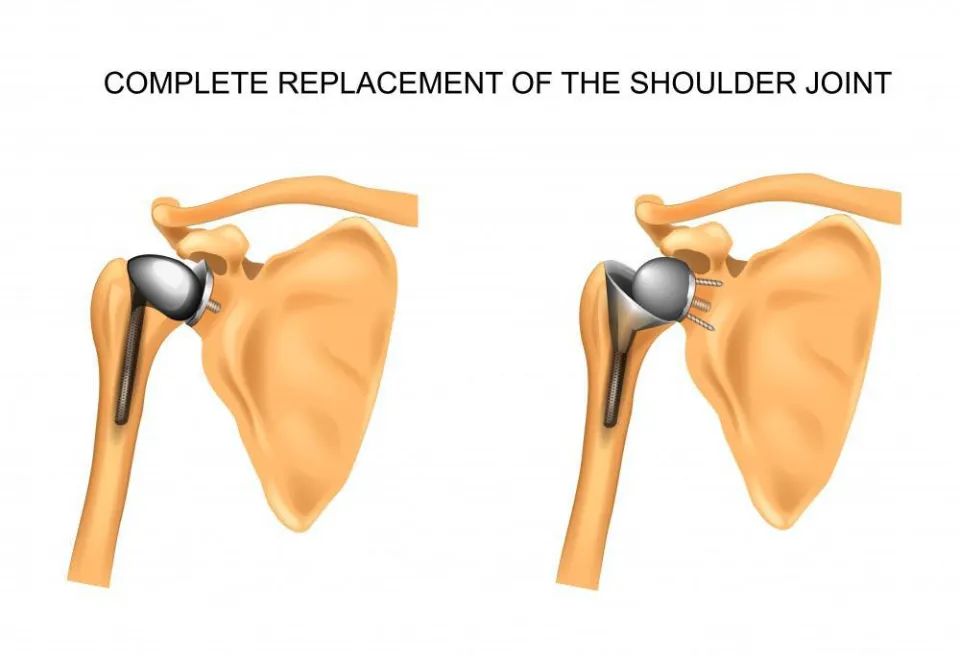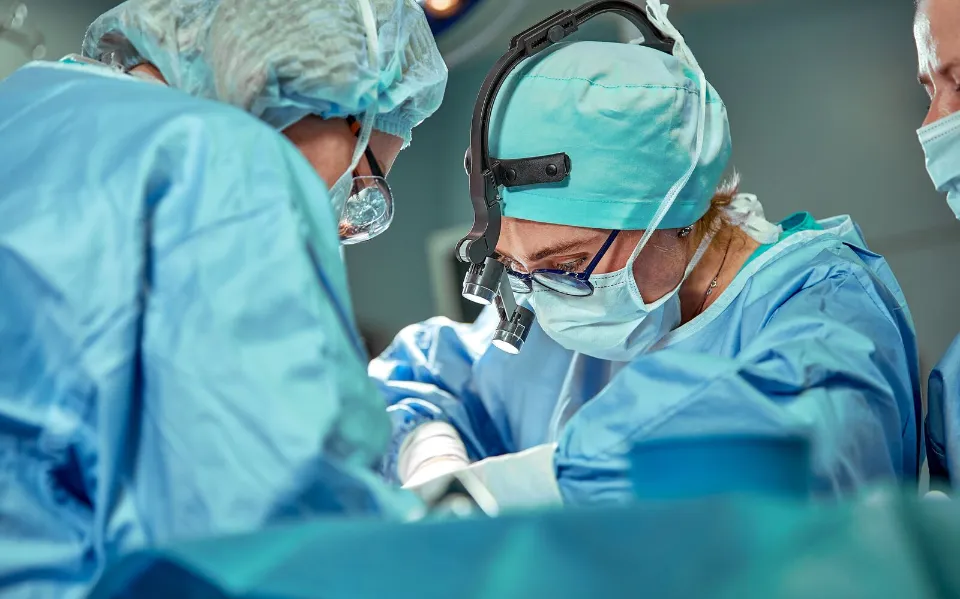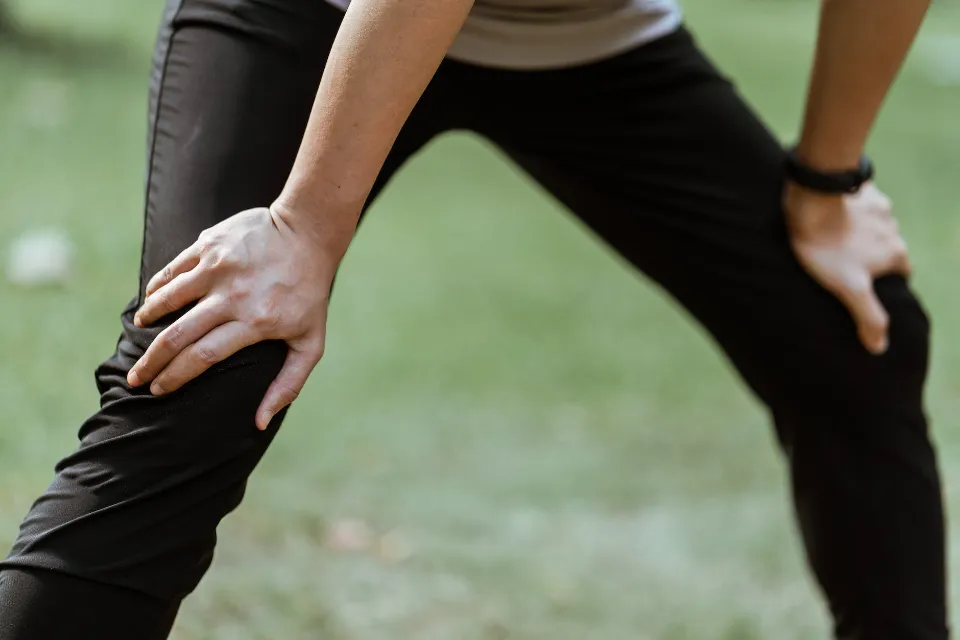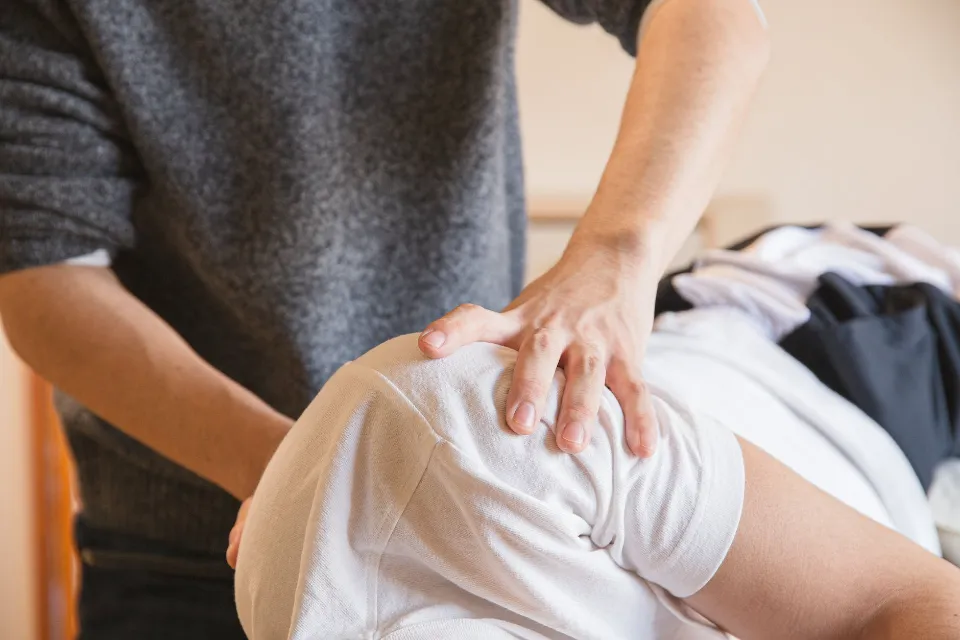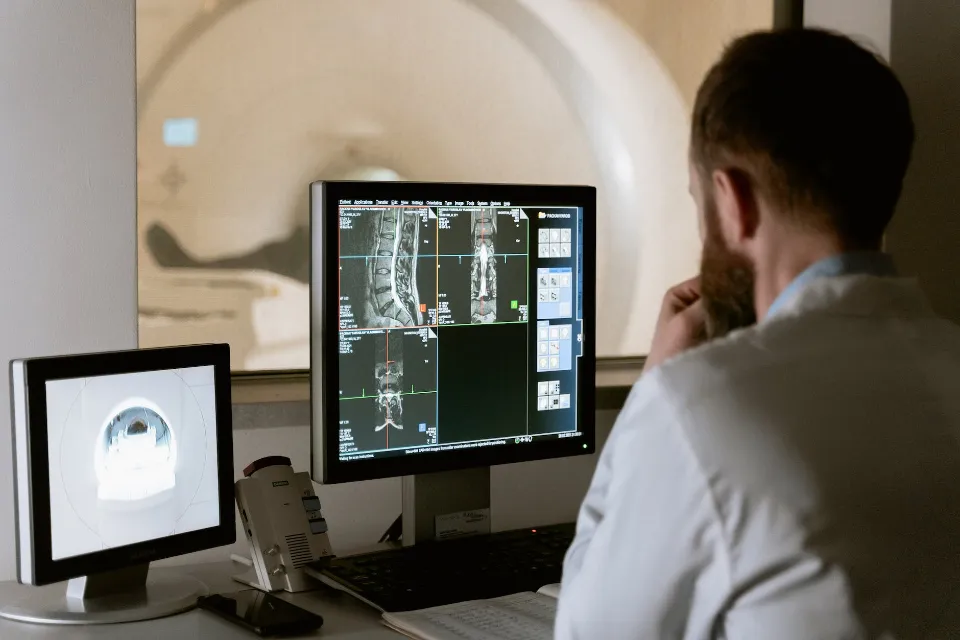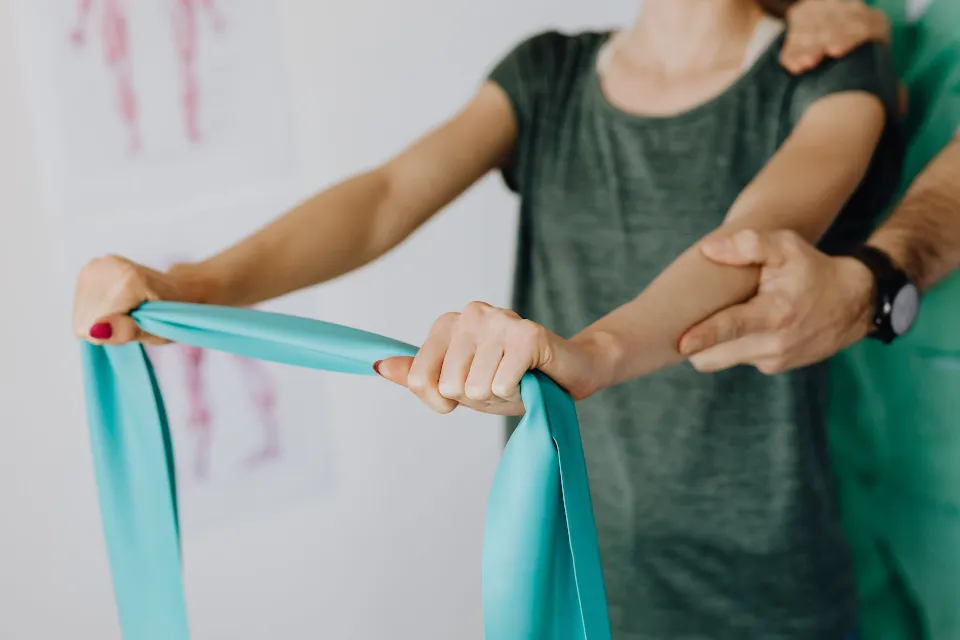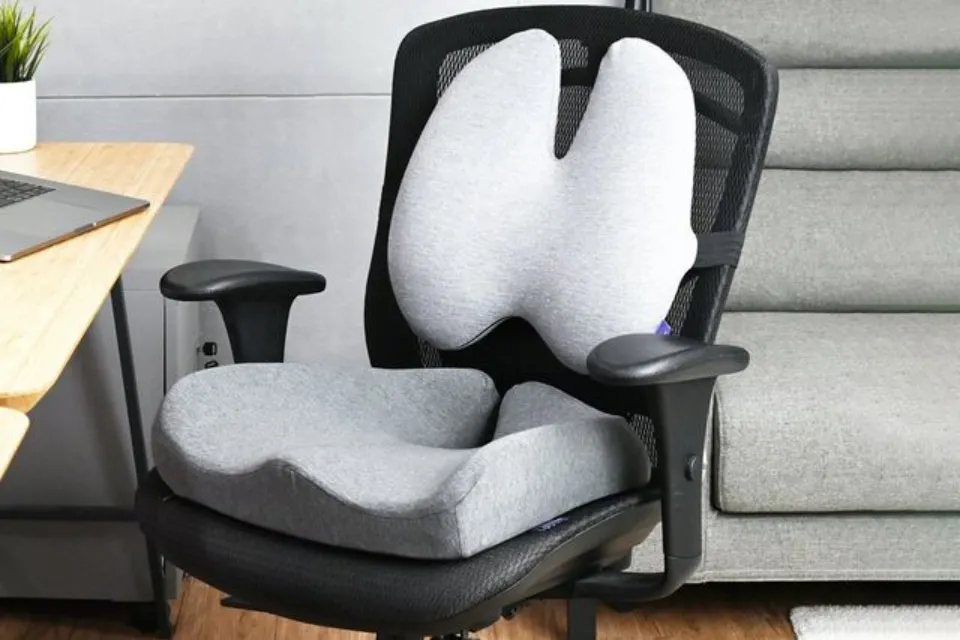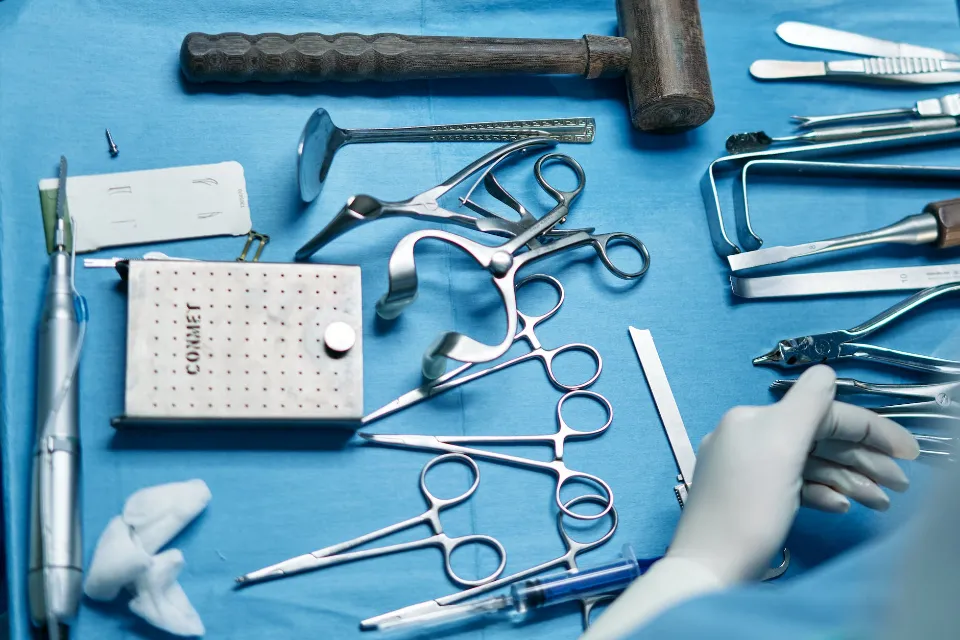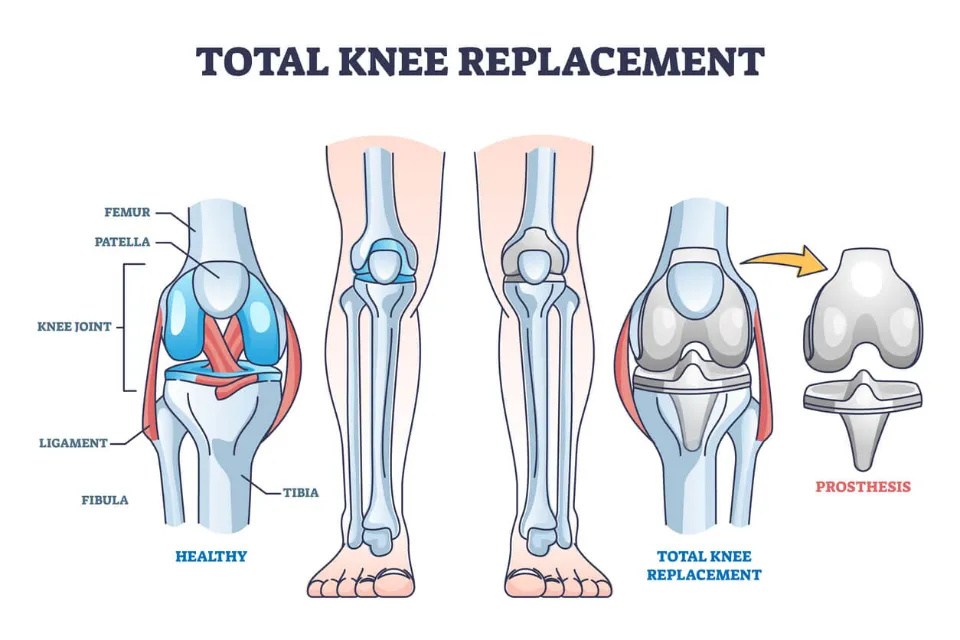The care before, during, and after a planned knee, hip, or shoulder replacement is covered by this recommendation. Recommendations are made to guarantee that patients are fully informed about all of their surgical options, including anesthesia. It provides guidance for medical professionals regarding surgical techniques and ensures patient safety during operations.
It also provides advice on how to support and rehabilitate patients both before and after surgery.
Muscles Anatomy: Knee & Hip & Shoulder
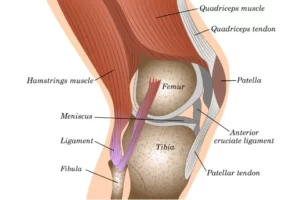
The main knee muscle groups are the:
- Quadriceps: four muscles found on the front of the thigh
- Hamstrings: three muscles found on the back of the thigh
- Calves: two muscles found on the back of the lower leg
- Glutes: three muscles that make up the buttocks
- Popliteus: small muscle found at the back of the knee
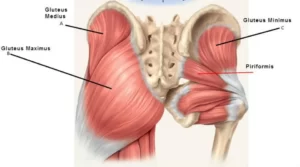
The muscles of the hip consist of four main groups:
- Gluteal group: include the gluteus maximus, gluteus medius, gluteus minimus, and tensor fasciae latae
- Adductor group: include adductor brevis, adductor longus, adductor magnus, pectineus, and gracilis
- Iliopsoas group: The iliacus and psoas major comprise the iliopsoas group
- Lateral rotator group: include the externus and internus obturators, the piriformis, the superior and inferior gemelli, and the quadratus femoris.
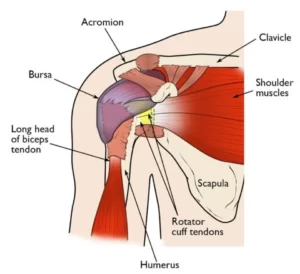
These are the largest shoulder muscles:
- Trapezius is a wide muscle that extends along the back part of your neck and shoulders and partway down your spine.
- Deltoid is a large triangular muscle that covers the glenohumeral joint, where your upper arm inserts into your shoulder socket.
- Pectoralis major is a large, fan-shaped muscle stretching from your collarbone to mid-chest.
- Serratus anterior is a three-sectioned muscle starting at the shoulder blade and attached to the surface of the first eight ribs.
- Rhomboid major is a flat trapezoid muscle in your back that reaches from the second, third, fourth, and fifth vertebrae to the shoulder blade.
Overview: What is Knee & Hip & Shoulder Replacement
Knee Replacement
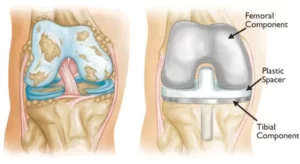
Injured or worn-out knee joints are replaced in knee replacement surgery. In addition to improving knee function, surgery can also help with pain relief. Damaged bone and cartilage are replaced with plastic and metal components during the procedure.
A surgeon will assess the strength, stability, and range of motion of your knee to determine whether a knee replacement is the best option for you. X-rays can be used to determine the degree of damage.
Your age, weight, level of activity, knee size and shape, and general health will determine the best artificial joints and surgical procedures for you.
Hip Replacement
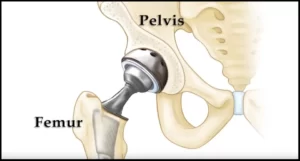
During hip replacement, a surgeon removes the damaged hip joint portions and replaces them with new components that are typically made of metal, ceramic, and extremely hard plastic. This prosthetic joint (artificial joint) aids in pain relief and improved function.
Hip replacement surgery, also known as total hip arthroplasty, may be an option if hip pain interferes with daily activities and nonsurgical treatments haven’t worked or are no longer effective. Damage from arthritis is the most frequent cause of hip replacement.
Shoulder Replacement
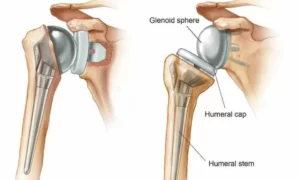
Damaged bone is removed during a shoulder replacement and replaced with plastic and metal implants. Shoulder arthroplasty (ARTH-row-plas-tee) is the name of this procedure.
A ball and socket joint, the shoulder is. The shallow socket in the shoulder accommodates the upper arm bone’s round head (ball). Pain, weakness, and stiffness can result from joint damage.
Several different shapes and sizes of shoulder implants are available. Partial and total replacement options using anatomic or reverse implants are available.
Preparation: What to Do Before Knee & Hip & Shoulder Replacement
What to Do Before Knee Replacement
- Create a living space on one floor since climbing stairs can be difficult.
- Install safety bars or a secure handrail in your shower or bath.
- Secure stairway handrails.
- Get a stable chair with a firm seat cushion and back, and a footstool to elevate your leg.
- Arrange for a toilet seat riser with arms if you have a low toilet.
- Get a stable bench or chair for your shower.
- Remove loose rugs and cords.
What to Do Before Hip Replacement
- Ask about your medical history and current medications
- Examine your hip, paying attention to the range of motion in your joint and the strength of the surrounding muscles
- Order blood tests and an X-ray. An MRI is rarely needed
What to Do Before Shoulder Replacement
- A review of your symptoms
- A physical exam
- X-rays and computerized tomography (CT) of your shoulder
Recovery: What You Can & Can’t Do
Knee Recovery
Q: How Soon Will You Recover from Knee Replacement Surgery?
You can typically resume the majority of daily activities, including shopping and light housework, three to six weeks after surgery. If you can bend your knee enough to sit in a car, have the sufficient muscle control to use the brake and gas pedals, and don’t require narcotic pain medication, you can also drive in about three weeks.
Q: What to Wear After Knee Replacement Surgery?
Shorts and dresses are a good option to reduce discomfort during the highly sensitive period after knee replacement surgery. If you are unable to wear or prefer to wear shorts and/or skirts, you can also try covering the incision with a bandage/gauze or t-shirt leg cover to reduce the amount of clothing or blankets touching your leg. Wearing these items under your pants is also a good option.

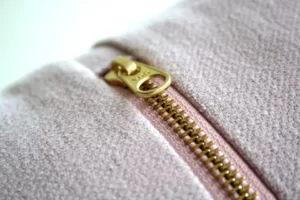
Hip Recovery
Q: How Long Can I Walk Unaided After Hip Replacement?
Depending on your age and general health, you can expect to be able to walk around your home without a cane anywhere from three to six weeks after having a hip replacement.
Q: How Do You Fix a Loose Hip Replacement?
Hip replacement implants that are becoming looser can hurt. Groin or upper thigh pain, new popping or clicking sounds, and joint instability are all signs of a loose hip replacement.
Q: What Can You Never Do After Hip Replacement
For a few days after surgery, do not resist getting up and walking around as instructed by your surgeon or physical therapist.
Q: How Long Does It Take a Hip Fracture to Heal?
The pain from a hip fracture typically goes away after four to six weeks during this period. It may take up to 12 weeks for the bone to heal completely.
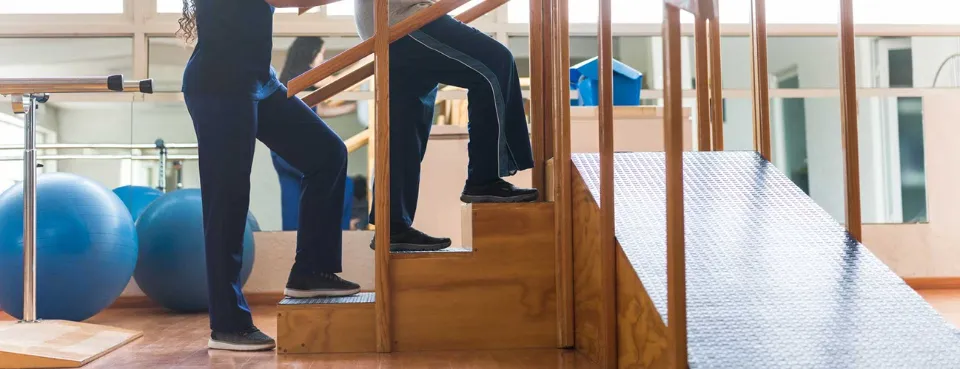
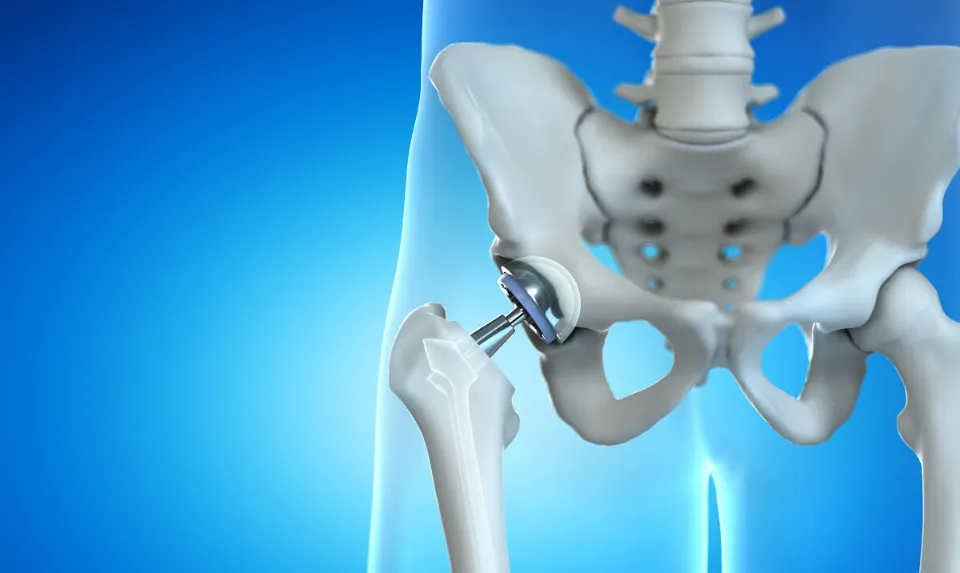
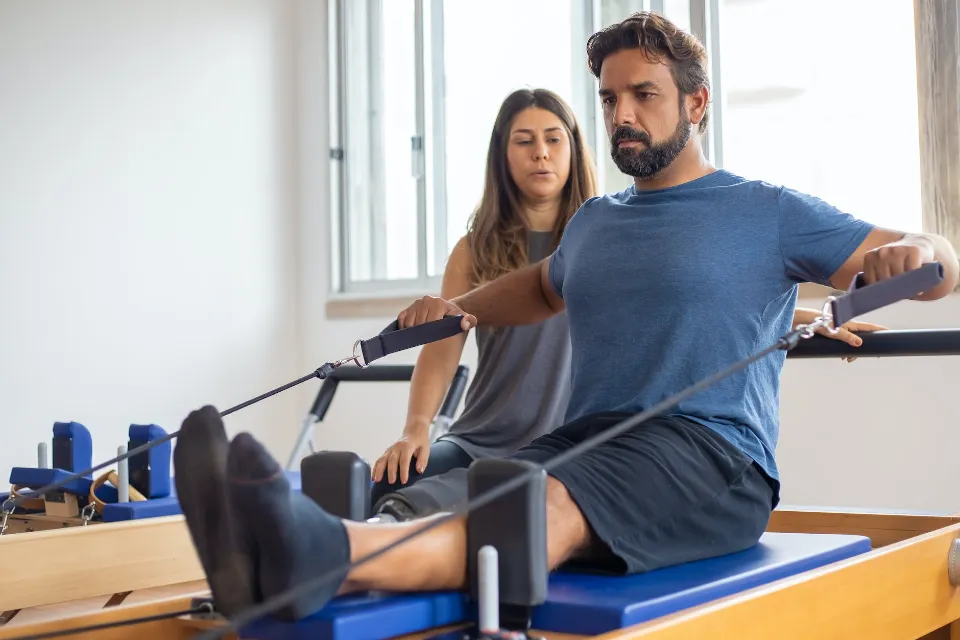
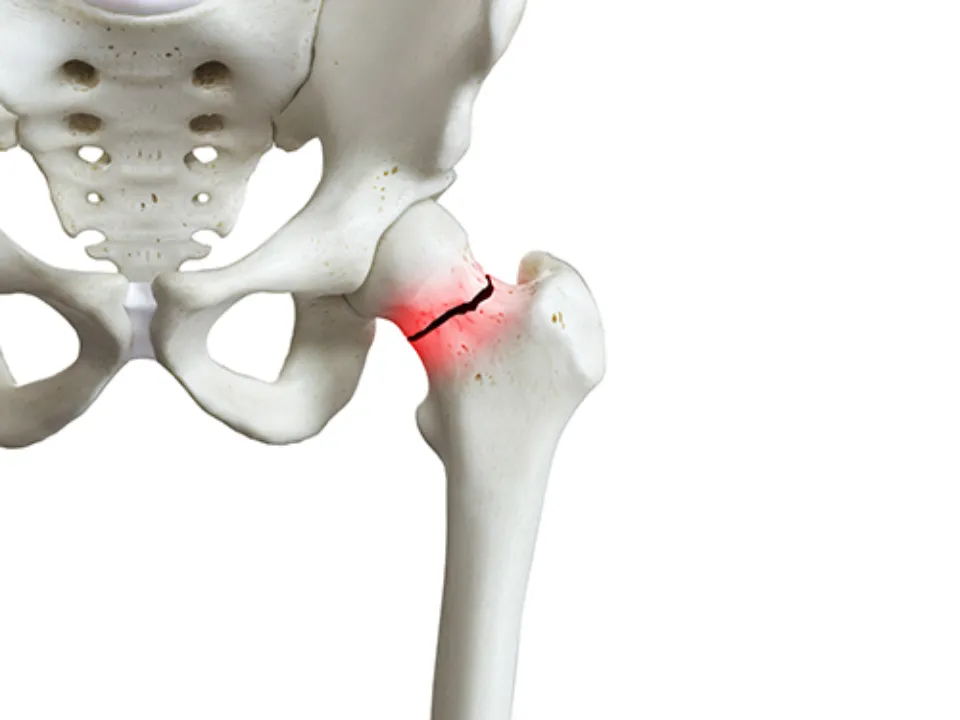
Shoulder Recovery
Q: How Long to Therapy After Shoulder Replacement?
Most patients who undergo an uncomplicated total shoulder replacement can anticipate six to eight weeks of physical therapy. Most often, 12 to 16 weeks after surgery, patients are back to normal.
Q: What Are the Limitations After Shoulder Replacement?
Range of motion is constrained after shoulder surgery. In addition, you do not have much arm strength, so shoulder specialists usually recommend that you do not drive for the first six weeks.
